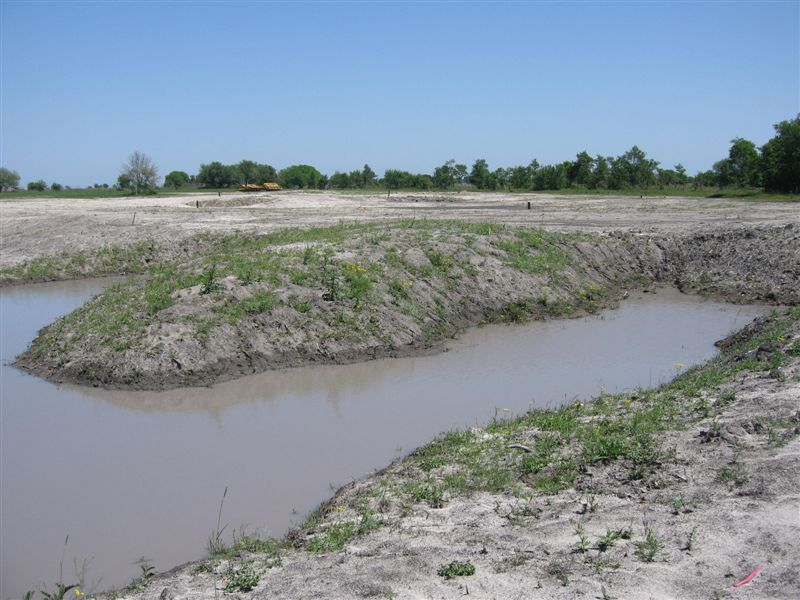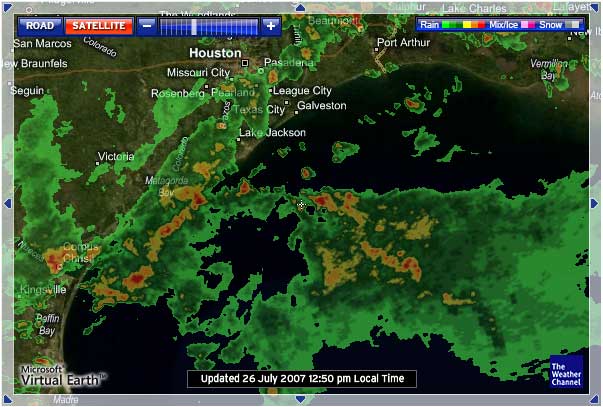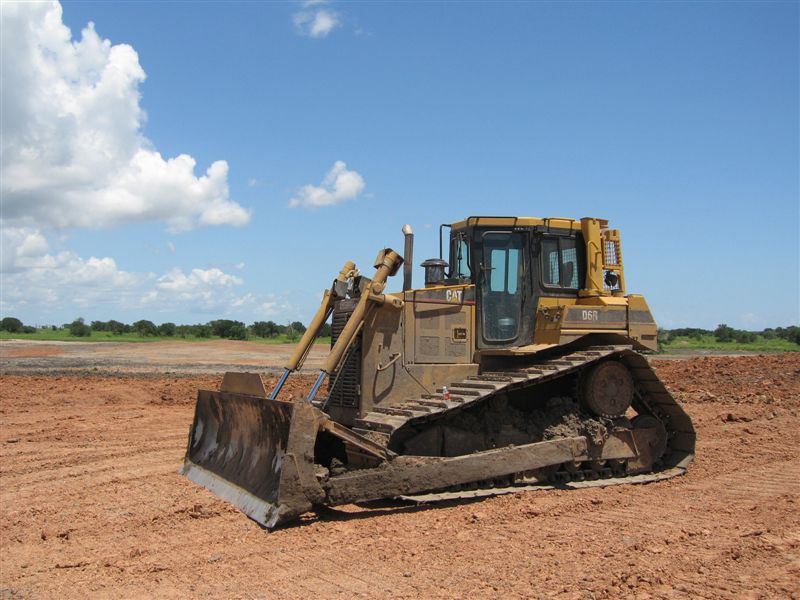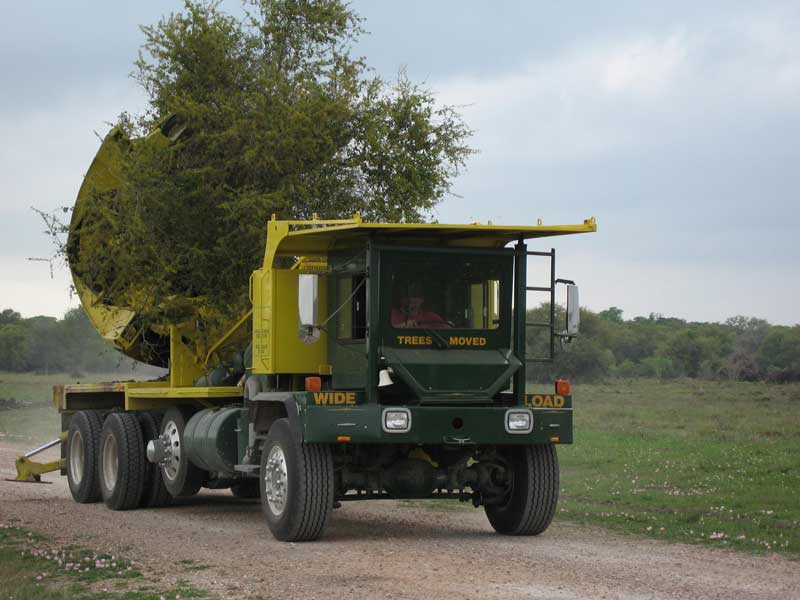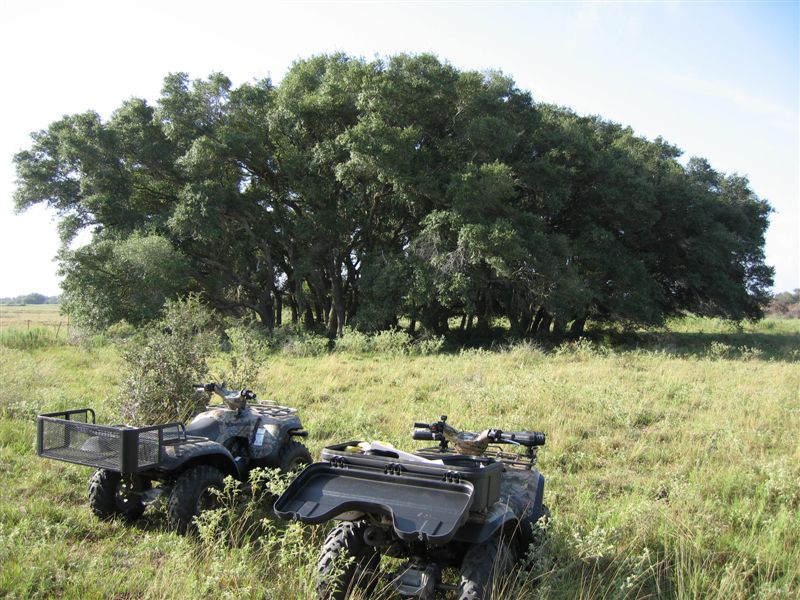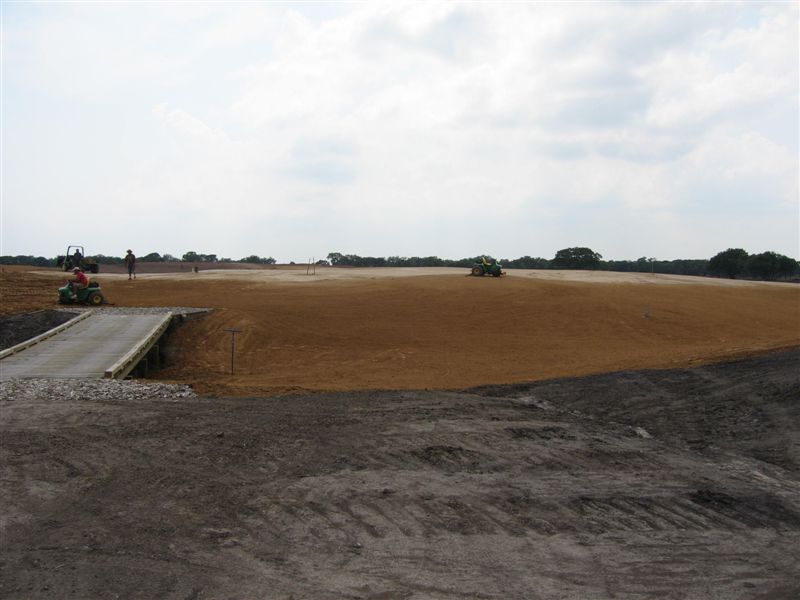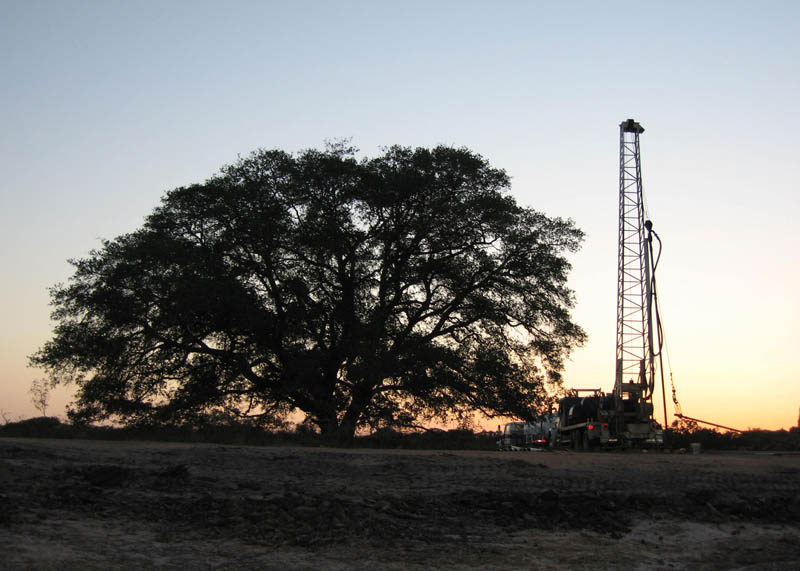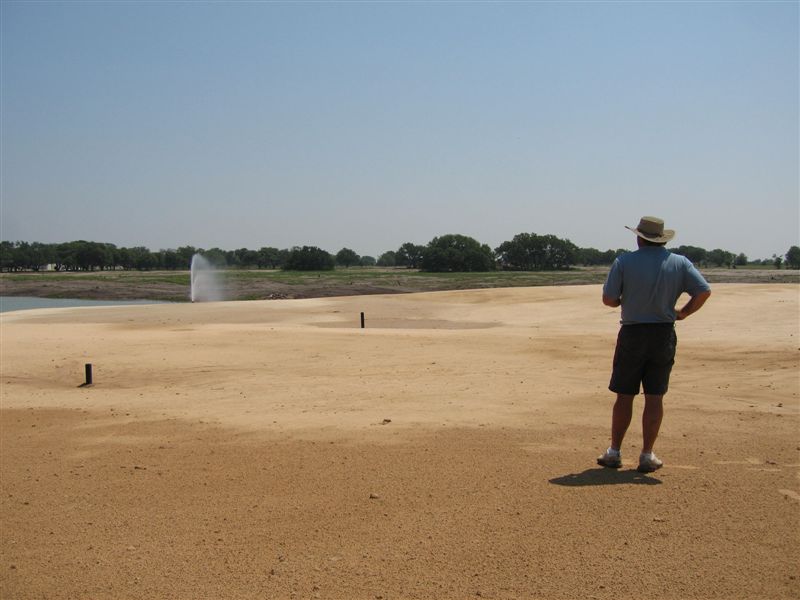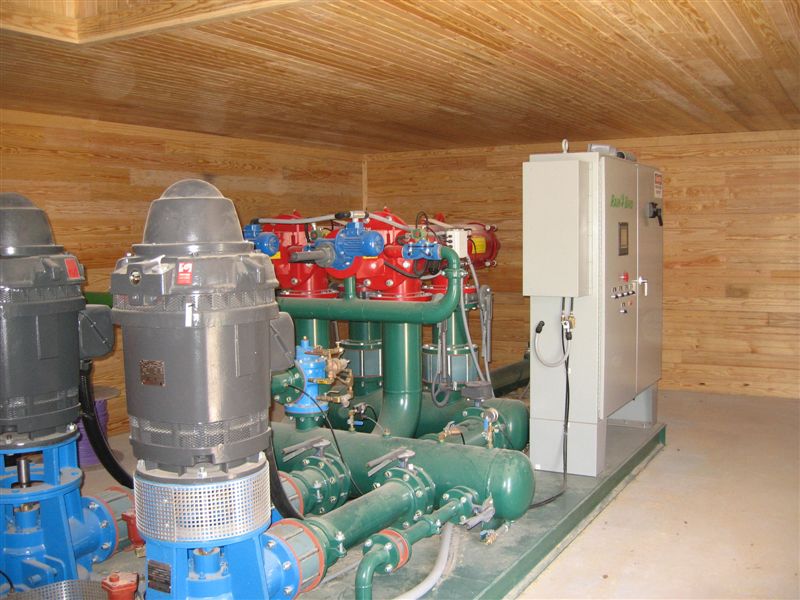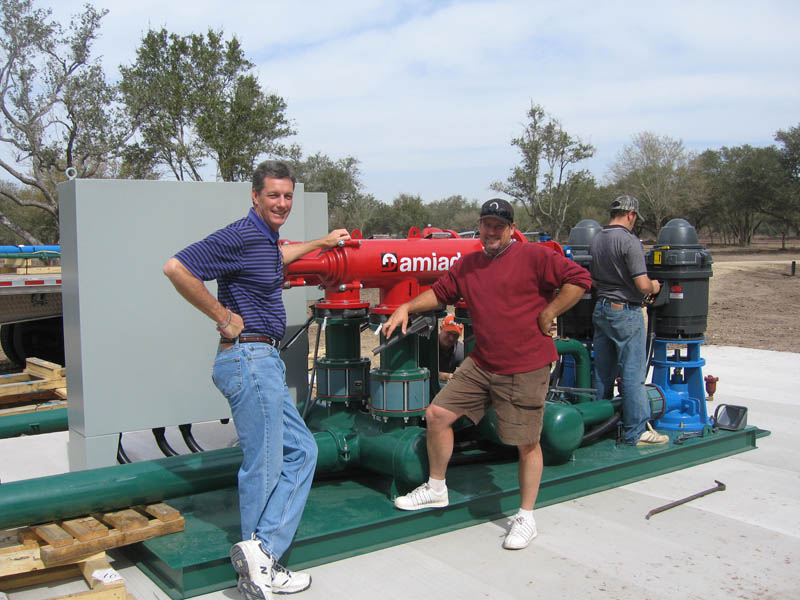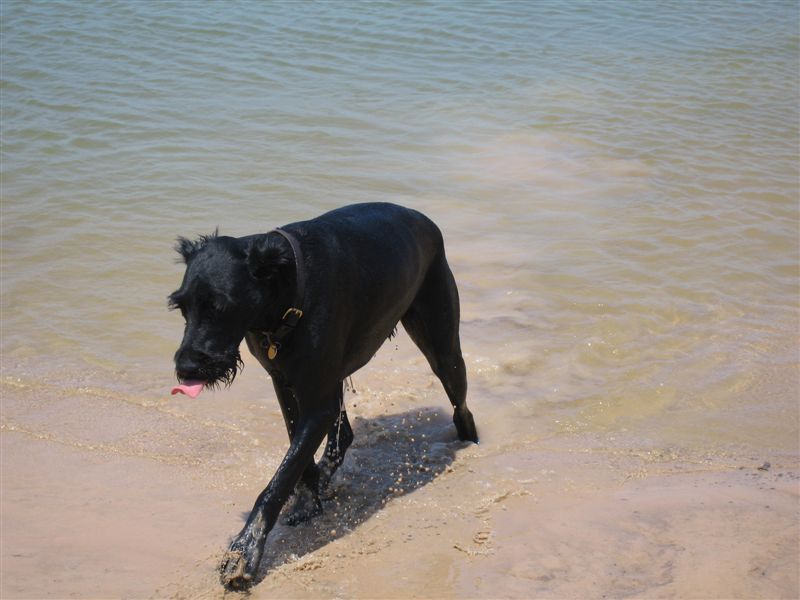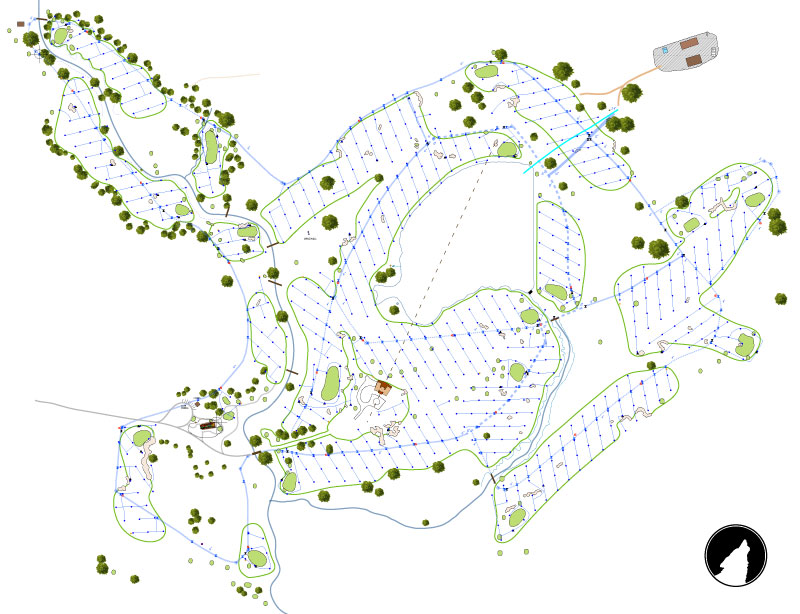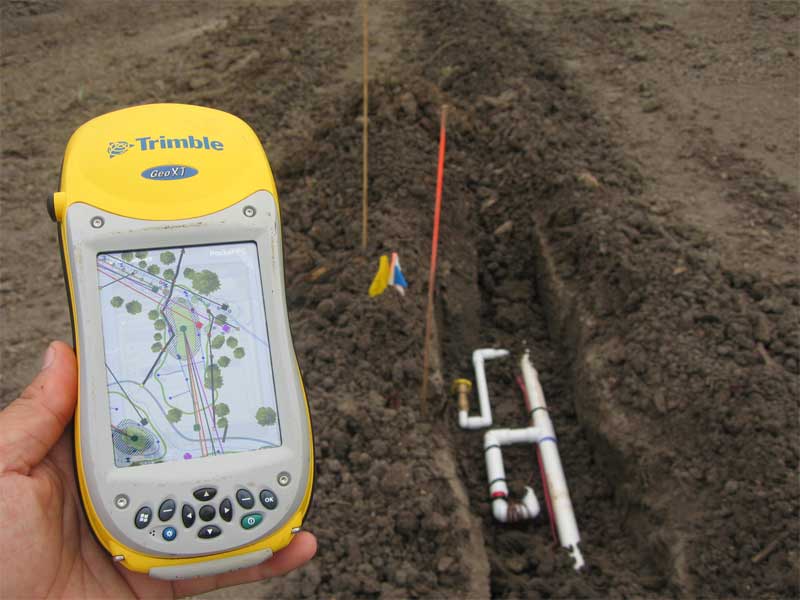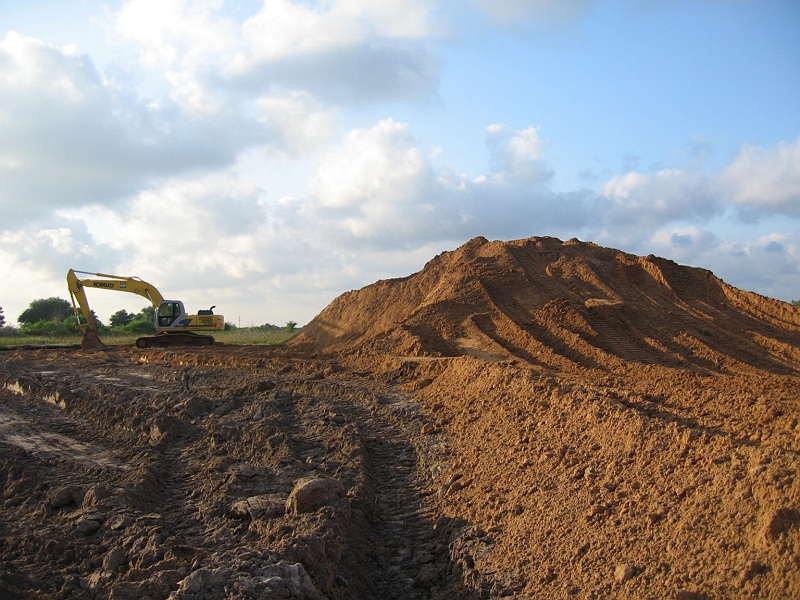 I’ve learned a farmer is always working on their harvest or in preparation of their harvest. So we were fortunate to have found a band of farmers that smartly utilize their farming equipment between harvests. Last summer, all summer, the farmers were our mass excavators as they dug our 12 acre irrigation pond. It gave me a good understanding of how the farmer works -- pretty simle actually, they work when they can -- sun up to sun down.
I’ve learned a farmer is always working on their harvest or in preparation of their harvest. So we were fortunate to have found a band of farmers that smartly utilize their farming equipment between harvests. Last summer, all summer, the farmers were our mass excavators as they dug our 12 acre irrigation pond. It gave me a good understanding of how the farmer works -- pretty simle actually, they work when they can -- sun up to sun down.The above picture is of a large tractor pulling two scrapers. They fill one basket with 10 tons of dirt, then the second with 10 tons, paying close attention to the mechanisms and when they are full – drive to the fill area and drop and compress the loads by running over the materials. The equipment represent a major investment and they spend considerable time on upkeep and maintenance. I found there to be many similarities between farming and industry –- except deadlines were maybe even more important to the farmer.
